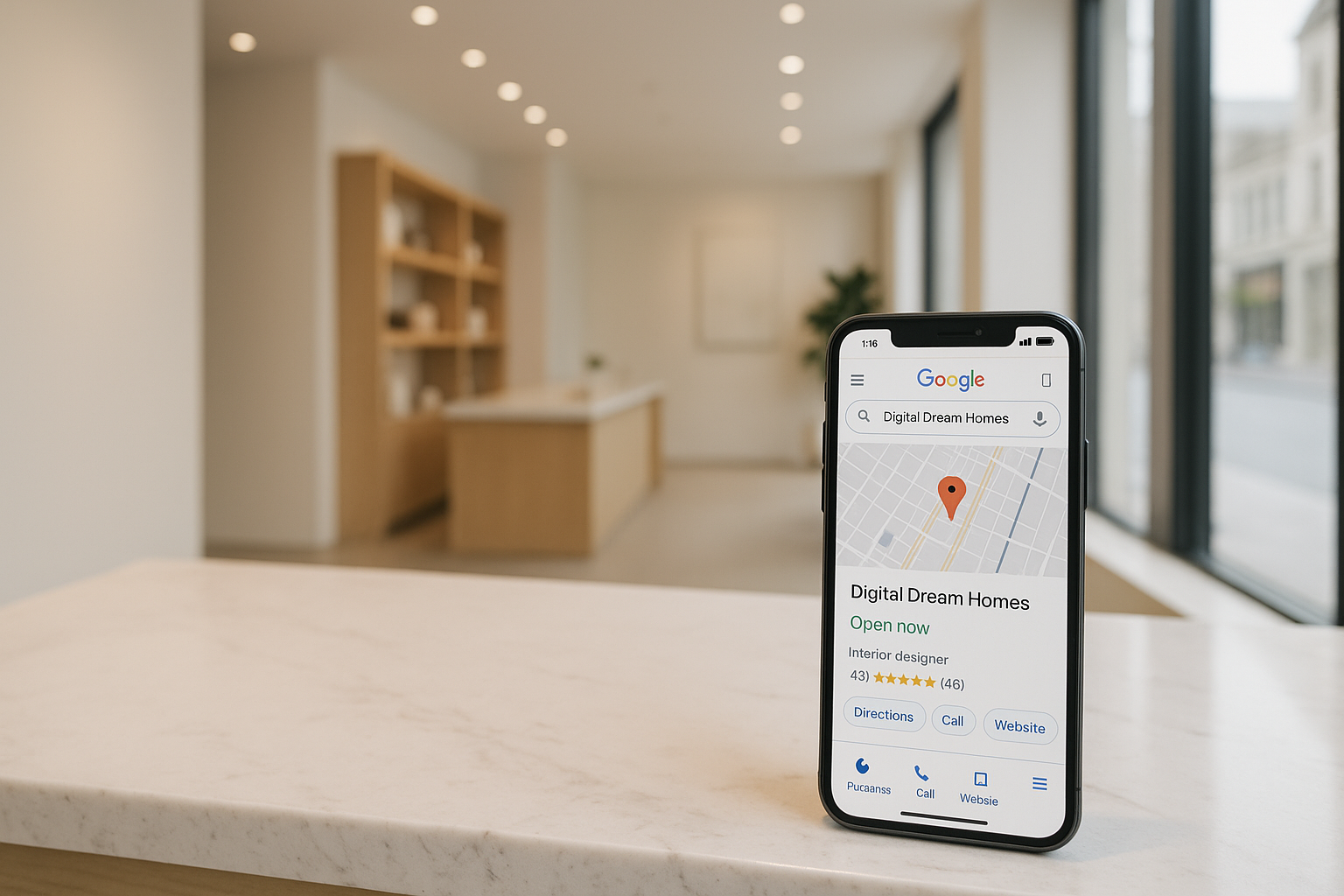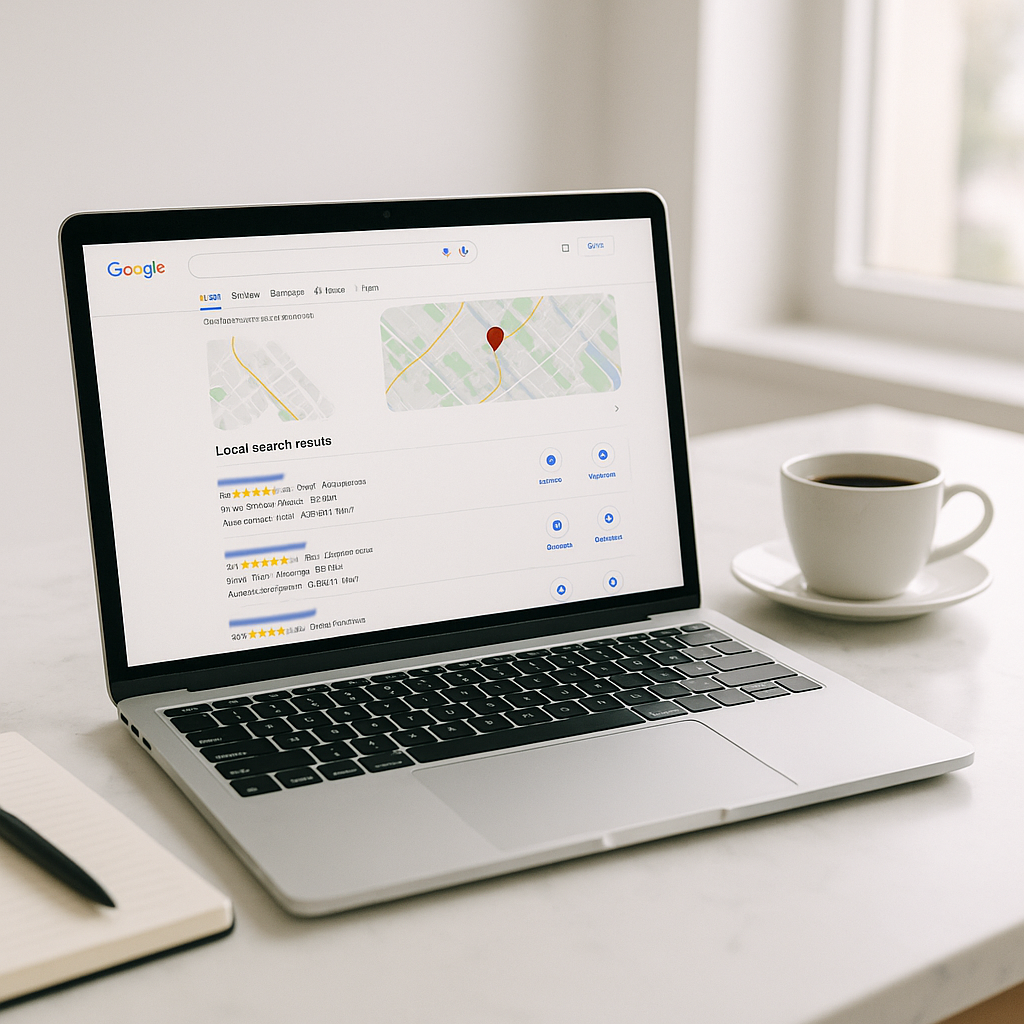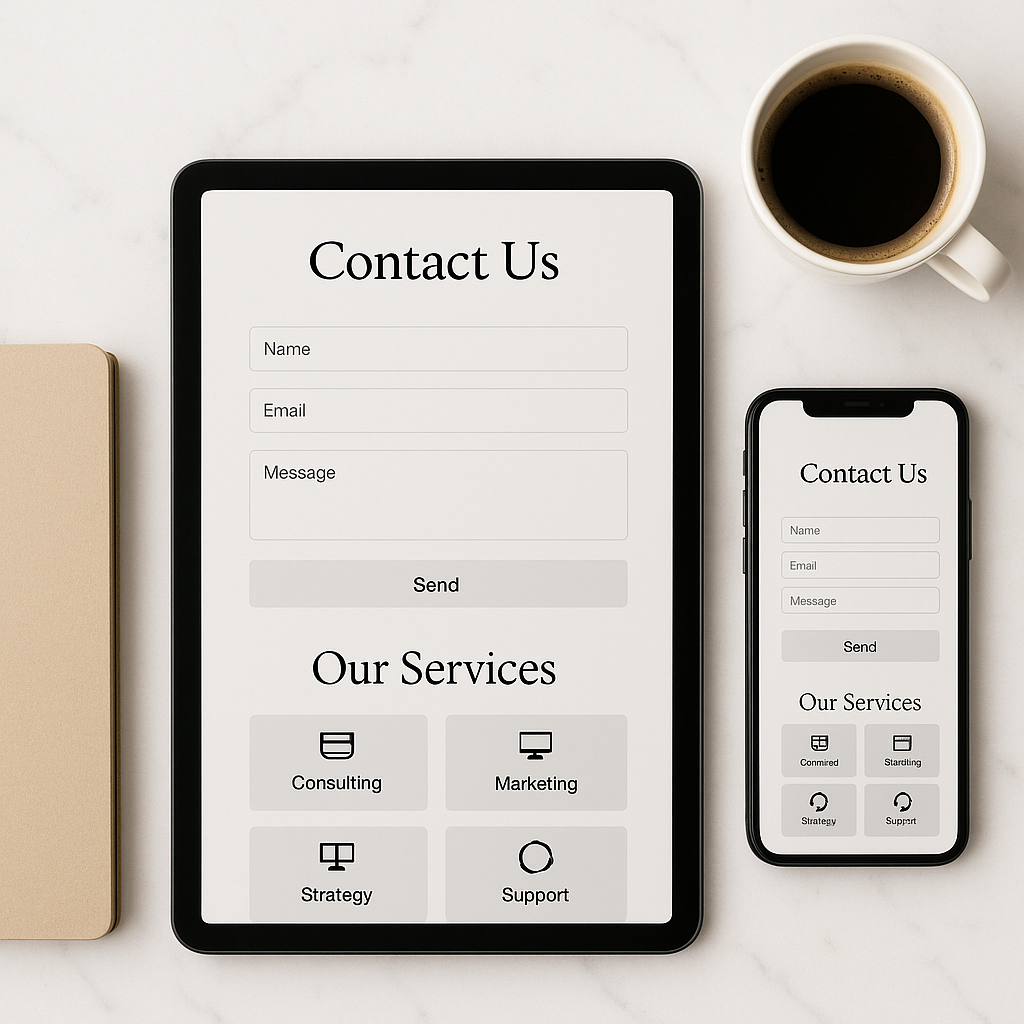How to Create a Market Update Page That Attracts Clients Like Crazy

If you’re a real estate agent trying to win trust online, you’ve probably heard the phrase “be the local expert.” But how do you actually show that expertise on your website? One of the most powerful ways is by building a market update page. Done right, it becomes a magnet for local buyers and sellers, a resource your community relies on, and a subtle but effective lead generator. In this guide, I’ll walk you through exactly how to create a market update page that’s professional, valuable, and optimized to help you stand out.
Why Market Update Pages Matter in Real Estate
People are obsessed with knowing what homes in their area are worth. In fact, according to the National Association of REALTORS®, more than 80% of sellers say understanding local pricing trends is a top factor in choosing an agent. A market update page positions you as the source of that information.
Instead of your clients bouncing to Zillow or Realtor.com for updates, they’ll turn to you. And remember, every time a client lands on your page, you’re training Google to see you as the authority in your area. That’s long-term SEO gold.
This is the same principle we covered in Best Free Tools for Realtors, where providing free value gives you leverage in a crowded market. A market update page is essentially a “free tool” built right into your site.
Step 1: Choose the Right Data Sources
The credibility of your market update page comes down to the accuracy of your data. Here are reliable sources most agents use:
MLS feeds: Your IDX provider can often pull live stats directly into your site.
Local Realtor association reports: Many publish monthly or quarterly stats.
National data providers: Sites like the Federal Reserve or Census Bureau provide valuable supplemental stats.
Whenever possible, aim for hyperlocal. A seller in Maplewood doesn’t care about national numbers if they want to know what homes are doing on their street. If your IDX offers neighborhood-level trends, use them.
This ties into what I wrote in What Is IDX and Why It’s Crucial for Modern Agents — IDX isn’t just about listings, it’s about leveraging real-time data to build trust.
Step 2: Decide on Your Page Structure
The best market update pages are clean, scannable, and mobile-friendly. Think of your page like a news dashboard, not a wall of text. A good structure might include:
Headline & Introduction: A friendly “Here’s what’s happening in [Your City] this month.”
Quick Stats Section: Median home price, average days on market, total listings. Use bold fonts or icons to make these pop.
Charts or Graphs: A simple line or bar chart can show trends much more clearly than paragraphs of numbers.
Neighborhood Breakdown: Highlight hot areas, emerging neighborhoods, or key zip codes.
Your Expert Take: This is where you separate yourself from Zillow. Add a short paragraph with your personal insights on what the numbers mean.
Pro tip: Use collapsible sections or tabs if you cover multiple neighborhoods. It keeps the page digestible.
Step 3: Make It Engaging and Visual
Numbers alone won’t hold attention. People remember stories and visuals. Try these ideas:
Add maps with markers showing average sale prices by neighborhood.
Use before-and-after comparisons, like “This time last year, homes were sitting for 42 days. Now it’s just 28.”
Include a short video of you explaining the trends. Clients love seeing your face and hearing your voice.
If you want inspiration for visual engagement, check out Real Estate Video Background Websites, where we explained how video elevates trust instantly.
Step 4: Add SEO Value
Here’s the secret sauce: your market update page shouldn’t just help clients — it should help you rank higher in Google. To do this:
Use your target keyword phrase (“[City] real estate market update”) naturally in your title, intro, and at least one subheading.
Add internal links to other posts, like How Realtors Can Dominate Google with Local SEO and Real Estate SEO Best Practices – The Modern Agent’s Playbook. These connections strengthen your site’s authority.
Create a unique URL for each update (e.g., /market-update-july-2025). This way, you’re building a library of updates over time.
When you stack consistent updates, Google notices. It’s like sending a signal flare saying, “Hey, I’m the trusted source for this city’s housing trends.”

Step 5: Include Calls to Action Without Being Pushy
Your market update page should serve first and sell second. But don’t forget — readers are there because they’re curious about the market. That curiosity often means they’re thinking about buying or selling.
Add subtle CTAs like:
“Want a personalized home value report? Click here.”
“Thinking about making a move in [City]? Let’s chat.”
“See how much your home could sell for in today’s market.”
Tie in a lead capture tool, like a home value form. As we discussed in How to Capture Seller Leads with a Home Value Tool, this can turn curious readers into actual leads.
Step 6: Keep It Fresh
Nothing kills credibility faster than outdated data. If someone lands on your page and sees stats from 2023, they’ll assume your whole business is out of date.
Best practices:
Update your page monthly, or at least quarterly.
Send the update to your email list and share it on social media.
Archive past updates so clients can see how the market has shifted.
Think of it like a blog series — much like the content rhythm we built around Facebook Ads vs Google Ads for Realtors. Consistency is what builds authority.
Real-World Example: Why This Works
Imagine two agents in the same city. Agent A relies only on MLS auto-emails. Agent B has a polished website with a market update page showing monthly stats, neighborhood spotlights, and short video recaps.
When a seller researches both, who looks like the market expert? Easy. Agent B. And in the digital-first world, perception often becomes reality.
This is the same principle behind Why Your Website Matters More Than Zillow in 2025. You want sellers to feel like they’d be crazy not to work with you.
Final Tips for Maximum Impact
Keep your language friendly. Don’t just write “Median sales price: $412,500.” Say, “The median home price climbed to $412,500, which is great news for sellers.”
Use visuals generously. Even a simple Canva chart beats plain numbers.
Optimize for mobile. Over 60% of real estate traffic now comes from phones.
Track analytics. Watch how many visitors come to your page, where they click, and which CTAs perform best.
Ready to Build Your Market Update Page?
Now you know exactly how to create a market update page that boosts your credibility, attracts buyers and sellers, and keeps clients coming back to your site instead of Zillow. It’s one of the simplest yet most powerful ways to position yourself as the go-to agent in your market.
At Digital Dream Homes, we specialize in creating luxury, SEO-optimized real estate websites that include tools like IDX, market update pages, and lead capture forms. If you’re ready to stand out online and finally compete with the big platforms, let’s talk.
Book your free consultation today and see how Digital Dream Homes can transform your online presence.
Matt Pieczarka
Want a Free Website Audit?
Fill out your information below and we will send you a personal screen share video of tips on how to make your actual website better!
See How Many Closings You're Losing to Zillow!
Click Here to Use our Calculator to See How Many Clients Zillow is Taking From You Per Year!
Backlinks for Small Business Websites: Why Backlinks Matter for Local Businesses
Backlinks for Small Business Websites: Why Backlinks Matter for Local Businesses If you want more customers finding you on Google, you need backlinks for small business websites. P
On-Page SEO Checklist for Small Business Websites
On-Page SEO Checklist for Small Business Websites If you want more local customers to find you, you need an on-page SEO checklist small business owners can actually use. This guide
Google Business Profile Setup for Small Business: The Beginner’s Guide
Google Business Profile Setup for Small Business: The Beginner’s Guide If you want to show up on Google when customers nearby search, you need google business profile setup for s
Local SEO for Small Businesses: Tips for Small Business Owners
Local SEO for Small Businesses: Tips for Small Business Owners If you want to show up when nearby customers search, you need local SEO for small businesses. The good news is that m
How to Create a “Contact Us” Page That Actually Gets Results
Contact Page Optimization for Small Business: How to Create a “Contact Us” Page That Actually Gets Results If you want more calls, emails, and bookings, contact page optimizati
Mobile Friendly Website Tips For Small Business
Mobile Friendly Website Tips For Small Business: Mobile Optimization Tips for Local Business Websites If you need mobile friendly website tips for small business, you are in the ri
Why Your Website Isn’t Bringing in Leads
Why Small Business Websites Fail: Why Your Website Isn’t Bringing in Leads If you’ve ever wondered why small business websites fail, you’re not alone. Many owners invest in a
Best Website Colors For Small Business Branding
Best Website Colors For Small Business Branding: How to Choose the Right Colors for Your Brand Choosing the best website colors for small business branding is not just a design cho
Simple Website Design Tweaks That Boost Small Business Credibility
How to Make Small Business Website Look Professional: Simple Design Tweaks That Boost Small Business Credibility Want quick, high-impact ways to look trustworthy online? If you’v









